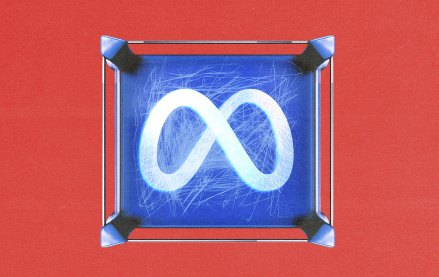Save 50% on a 3-month Digiday+ membership. Ends Dec 12.
Heineken is still worried about Snapchat’s age-gating policies
Snapchat has made moves to address the age-gating concerns of alcohol advertisers over the last year, and it’s gotten Budweiser and Moët to buy into the mobile-messaging app’s promise of better targeting.
Heineken, however, still isn’t convinced its Snapchat ads won’t inadvertently target kids — so to promote its non-alcoholic beer, it went to YouTube and Facebook.
Snapchat uses a mix of age-gating and behavioral and interest-based data to prevent users from seeing ads they shouldn’t on the app. But it’s not enough to get Snapchat on Heineken’s media plan for a £6 million ($7.7 million) campaign in the U.K. for its alcohol-free beer. Heineken has done small tests with geofilters at events in some markets but worries that a larger campaign to promote its beers could unintentionally reach Snapchat’s underage users.
“We’re very much focused on Facebook and YouTube [for the campaign] because Snapchat is a platform that there have been some well-documented issues in that [alcohol] segment,” said Nic Casby, Heineken’s brand director in the U.K.
Other alcohol brands have shared similar concerns. Those advertisers worry they will target people who are too young and aren’t in any buying demographic, one of Heineken’s former agency executives said on condition of anonymity.
“Heineken’s ability to use a platform is entirely contingent on its age profile and whether enough of that is weighted toward people who are over 18 years old,” said the executive. “People who use Snapchat are incredibly engaged, but the number of them hasn’t accelerated as quickly as Facebook or Instagram have. It’s still perceived as being young, and that’s the main concern we get from marketers.”
Snapchat declined to provide a statement. A company spokesperson did, however, explain that its age targeting methodology is consistent with current advertising rules in the U.K. following discussions with the region’s watchdog the Advertising Standards Authority earlier this year.
The other reason to skip Snapchat is scale. Heineken wants to reach a broad array of consumers, which the duopoly can deliver. For all the concerns around the effectiveness of ads on Facebook and whether brands are safe on YouTube, Heineken has backed the social network for its audience-based data and the video site for its vast pool of inventory. It has created several new profiles to target more health-conscious people on each platform with ads promoting different occasions they can drink the alcohol-free beer.
“We still have to take care with advertising an alcohol beer as we do with one that has alcohol in it because it could still be perceived as grooming [underage drinkers],” said Casby. “Our intention is to focus on adults who like the taste of beer but don’t want alcohol.”
More in Media

WTF is AI citation tracking?
Publishers are tracking AI citations to understand visibility, attribution gaps and referral traffic in these tools and platforms.

As big brands flood the podcast ad space, startups are refining strategies to stand out
While a influx of big advertisers is good news for podcast companies, it also makes it more challenging for small- to mid-sized brands to stand out in the space.

Meta enters AI licensing fray, striking deals with People Inc., USA Today Co. and more
The platform has secured seven multi-year deals with publishers including CNN, Fox News, People Inc., USA Today Co to incorporate their content into its large language model (LLM) Llama.







